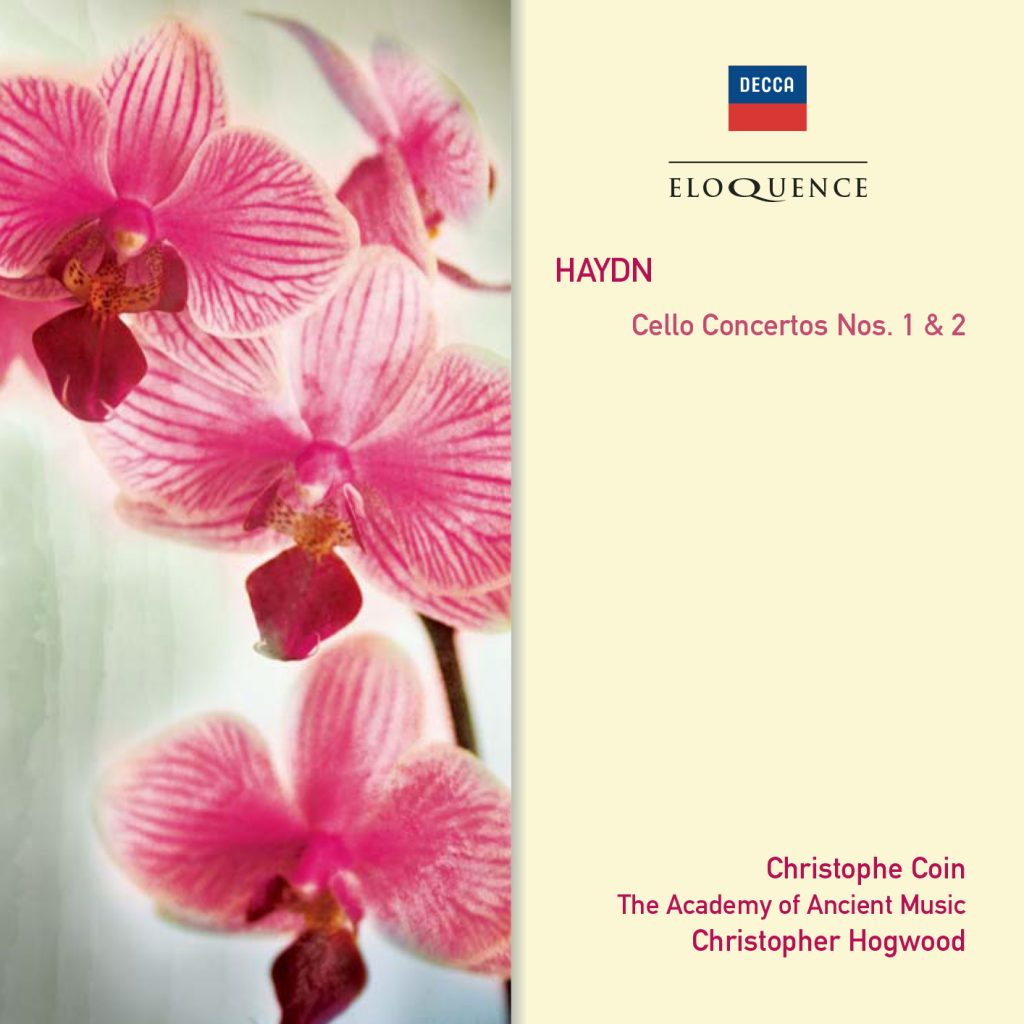
The take-over of Hungary and Czechoslovakia by their respective Communist governments a few years after the end of World War II had one curious side-effect: it proved to be the greatest event that ever occurred in the world of Haydn scholarship. In Hungary, the vast Esterházy Archives, previously closed to all except the very occasional and fortunate scholar (the great Danish Haydn expert, Jens Peter Larsen, was one of the few to enter its portals in the 1930s), was opened to the public.
Until this time, most of Haydn’s music in the Esterházy Archives had not only remained unpublished but many of the unique manuscripts had never even been photographed: for example, the concertos for ‘lira organizzata’ (a type of hurdy-gurdy) written for the King of Naples (1786/7), many ‘insertion’ arias in operas by other composers and Haydn’s own operas such as ‘Le pescatrici’ (1769-70), ‘La Marchesa Nespola’ (1762/3) and ‘Acide’ (1762, second version 1773).
And apart from the famous Esterházy Archives, a perhaps even more remarkable find was a complete archive formerly belonging to the Festetics family and housed (as it is again today) at Kescthely Castle on Lake Balaton, south-west of Budapest, containing the only authentic manuscripts of most of Haydn’s early symphonies, quartets, divertimenti for strings with horns and two string trios hitherto not authenticated. Single collections in Hungary also yielded lost Haydn: in the former Servite Monastery in Pest there was a copy of the ‘Motetti de venerabili Sacramento’ (XXIIIc:5a-d), written for Corpus Christi and one of the composer’s earliest known pieces.
Bohemia, one of the provinces of what is now The Czech Republic, was the home of the many castles belonging to the Austrian nobility and as the Communist government began systematically to confiscate the holdings of these castles, the musical collections, often very substantial, were simply heaved on to trucks and carried to Prague, there to be dumped helter-skelter in the cellars of the National Museum’s Music Department. I was one of the first western scholars to be allowed to examine the Museum’s vast uncatalogued holdings when in 1959, Christopher Raeburn and I spent several weeks in Prague, he working on Mozart documents and I examining manuscripts. Within a fortnight, a large number of hitherto lost Haydn works turned up – divertimenti for wind band that Haydn had composed in the late 1750s and 1760 while living in Lukavec Castle in the service of Count Morzin (Haydn’s Bohemian connection) as well as all sorts of other works, sacred and secular, including a delightful Cassation in D for four horns and strings (missing in the Hoboken Catalogue). Haydn’s first motets for Corpus Christi, discovered in Hungary, have already been mentioned; in Prague, his second set, also hitherto lost, was discovered: ‘Quatuor Responsoria de venerabili’ (XXIIIc:4a-d).
But the most sensational discovery from the Prague Archives came in 1962, when O. Pulkert, then a librarian of the Museum, discovered a set of eighteenth-century manuscript parts of a lost ‘Concerto per il violoncello’ in C major (as Haydn entered it in his ‘Entwurf-Katalog’, a chronological thematic catalogue which the composer began about 1765 and kept, with interruptions, for many years). Because of the thematic entry in the ‘Entwurf-Katalog’, the newly-discovered Concerto in C major (VIIb:1) could be at once identified and authenticated. The twentieth-century premiere of the work took place in connection with the Prague Spring Festival on 19 May 1962, when the soloist was Miloš Sádlo with the Czechoslovak Radio Symphony Orchestra conducted by Charles Mackerras, both of whom also made the first recording. The new work was an instant success both with public and soloists and is now one of the most popular cello concertos in the repertoire.
The history of the other, equally famous, ‘Cello Concerto in D major'(Hob. VIIb:2) is similarly curious. For years, it was suggested to be the composition of Haydn’s principal cellist of the 1780s, Anton Kraft. But the existence of Haydn’s autograph manuscript was long suspected and after World War II it turned up in the cellars of the Austrian National Library, where it had been sitting for 40 years, having been lent to them by the famous Leipzig publisher, Breitkopf & Härtel. The manuscript was signed ‘In Nomine Domini’ and ‘di me giuseppe Haydn 783’ (that is, 1783). Thus the problem of the work’s authenticity was settled for all time. It was obviously composed for the abilities of Anton Kraft who may indeed have suggested to Haydn how to write some of the special effects (harmonics, and so on) with which this very difficult piece abounds – consequently the rumour that Kraft was involved in its composition is perhaps to some extent true. While it lacks the tremendous tension of the C major work (especially in its finale), the Classical charm of the D major Concerto frequently led it to be the only work by Haydn in a typical season of, say, the Boston Symphony or the Vienna Philharmonic, before the popular re-discovery of Haydn’s other orchestral masterpieces.
H.C. Robbins Landon
Joseph Haydn
Cello Concerto in C major, Hob. VIIb:1
Cello Concerto in D major, Hob. VIIb:2
Christophe Coin, cello
Academy of Ancient Music
Christopher Hogwood
Recording producer: Peter Wadland
Recording engineer: John Dunkerley
Recording location: Kingsway Hall, London, October 1982
‘Coin’s Haydn is superb, balancing grace and refinement with emotional warmth and virtuosic display’ Limelight
‘Coin is assertive, self-confident and precise … Hogwood’s orchestra plays with exuberance and elegance’ Fanfare
